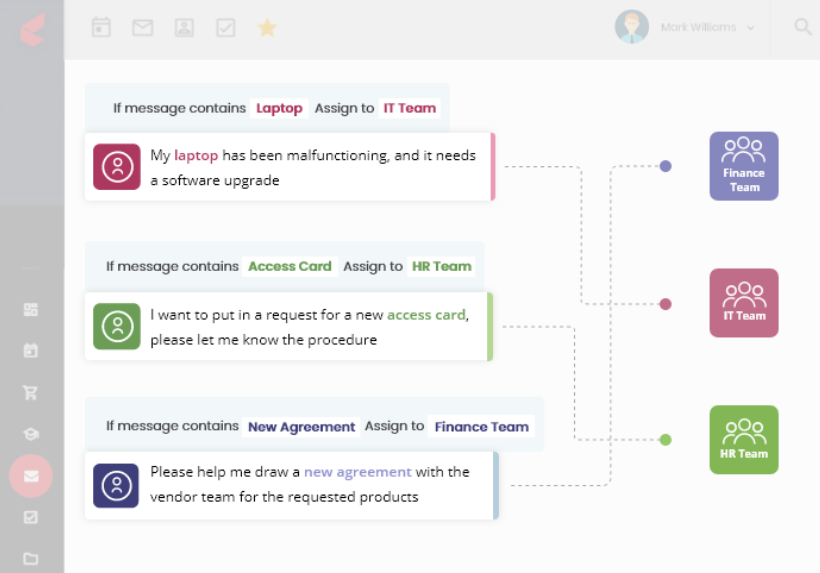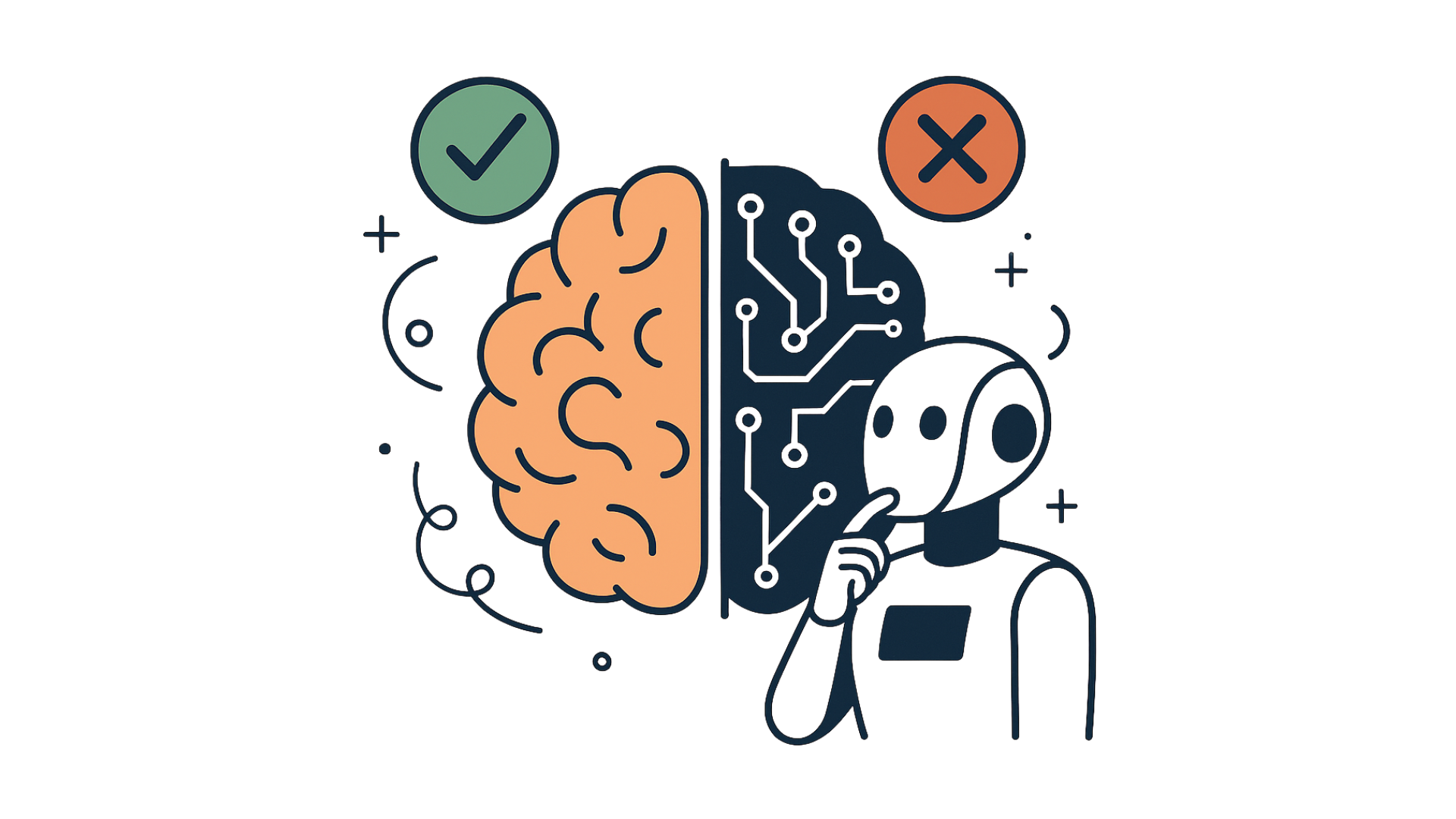Automatic ticket tagging is a method of scanning incoming ticket descriptions in order to group them around keywords that provide an overview of the support ticket.
Tags are keywords that are used to describe or classify tickets to help you determine the type or nature of a ticket.
Ticket tagging allows you a great deal of flexibility in managing the customer support process.
There are two approaches for service support ticket tagging:
- Manual tagging
- Automatic tagging.
In manual tagging, the agent reads the query and assigns it to the appropriate team whereas automatic ticket tagging entails creating rule-based systems to tag queries.
For example, whenever the word ‘refund’ appears in a ticket inquiry, it is automatically directed to the Finance team.
Challenges Of Manual Tagging
- Manual ticket tagging and allocation commonly result in the ticket being routed to the incorrect group. This calls for not just the reassignment of tickets but also the use of needless manpower and the extension of resolution times.
Automatic ticket tagging, which automatically categorizes tickets based on pre-assigned labels, conditions, or rules, can help avoid such lags.
- Manual labeling is typically messy and intricate, requiring your service representatives to spend hours sifting through tickets. Rather than having service agents evaluate the content of the ticket and classify it, a rule-based system can automatically tag the queries as they arrive in your service inbox.
- Manual ticket tagging is a tedious and repetitive action, and your agent may group some of those queries inappropriately out of annoyance.
How To Accurately Automate Ticket Tagging?
When a support request arrives in your service desk inbox, it must be processed correctly and assigned to the appropriate team for resolution. It is examined for predetermined keywords and categorized accordingly.
The following methods can be used for Rule-based classification in automated ticket tagging.
Classification Based On Topic
You can tag tickets based on topics, such as a certain product, department (Sales, Accounts, IT, or HR), or staff.
You can, for example, route support tickets associated with a certain product to a product expert who specializes in servicing that product.
Image: Kapture’s rule-based ticket tagging
Classification Based On Urgency
Classifying tickets based on urgency aids in the resolution of queries that require quick attention.
Use terms like ‘right away’, ‘immediately’, and ‘as soon as possible’ to indicate requests that require an immediate response. These requests can be given a high level of priority.
For instance, the following customer requests automatically tag and route the service request based on predefined keywords ‘replacement’ and ‘immediately’.
“I’ve just discovered that the phone frequently hangs. I’d prefer a replacement immediately.”
Some of the best practices to think about for accurately tagging the support tickets are,
- Concepts should not be overlapping.
It is always preferable to describe ideas independently in order to give the tags a clear and distinct definition.
- Remove any tags that are overly specific.
It’s because if these tags only receive a few tickets, they won’t appear in trend reports. So consider combining tags in a sensible way.
- Consider the quality of the tags over the quantity.
Attempting to account for every possibility by tagging is a bad idea which will lead to confusion when agents have to read through huge lists of tags.
- Include a hierarchy in your tagging.
Nesting the tags allows you to quickly scan through them. The most effective method is to nest tags based on their semantic relationship. ‘Laptop‘ and ‘Mobile’, for example, are subtags of the primary tag ‘Electronics.’
Importance Of Ticket Tagging
Customers generally have a vast number of issues with your product or service.
When your Help Desk system supports Omnichannel, customer inquiries pour in as text messages, Help Desk tickets, and popular social media messages. So, tagging support ticket provides you with information about,
- the number of customers affected by a certain ‘tagged’ issue.
- performance of new services or products.
- how to meet KPIs and improve customer experience
Automatic ticket tagging is also important because it lets you
- Search tickets by tags.
- Analyze tags to understand the support request trends.
- View reports by tags.
- Add more context to tickets.
- Route tickets based on the tags to the respective team or team members.
Benefits Of Automated Ticket Tagging
Customer service support is the heart of your organization since it controls the CX figures, which have a direct impact on your company’s growth factors.
Automatic ticket tagging enhances customer service by allowing you to delve further into customer requests in a structured manner.
Here are some of its upsides,
1. Saves A Significant Amount Of Productive Time
Automatic ticket classification groups hundreds of tickets in seconds. Handling large volumes of tickets is accomplished without the need for extra staff or putting additional strain on the present staff.
As a result, a significant proportion of money, business hours, and effort are saved.
2. Enables Automatic Ticket Classification
- An automated ticket classification is an excellent approach to organizing the unstructured data seen in ticket queries.
- It is a faster, more consistent, and cost-effective method because it requires no additional resources even when your ticket volume shoots up.
3. Runs Round-The-Clock
- The automated ticket classification occurs round-the-clock, allowing for fast action in times of emergency.
- High-priority notifications may be readily tracked down and resolved without causing any havoc.
4. Continues To Be Consistent
- Automatic ticket tagging by software solutions ensures that classification occurs accurately and without the possibility of errors because it strictly adheres to the prescribed rules and logic.
- Furthermore, a machine is always active and never misses a ticket or classifies it incorrectly.
5. Improves Product Quality
- The tickets are the text format of a customer survey sent out to you to help you improve your business. So, to make the most of your tickets, adopt automatic ticket tagging.
- Also, recognize the impact of a new product by tracking the product’s adaptation promptly by tagging support tickets by the new product’s name or feature.
6. Reduces Average Handling Time
- When the rules and triggers automatically route tickets directly to a particular team, expert agents with a particular skill-set can handle the complex queries routed to them. Automatic ticket tagging reduces customer response time by instantly routing the ticket to the appropriate team.
- Auto-prioritize tickets that contain keywords like ‘cancel’ and look into them immediately. So tickets that seek immediate attention can be sorted out then and there.
7. Enhances Staff Training
- New support workers can be trained based on ticket data to fully grasp why customers contact you, which issues are more serious, and how they must be resolved.
- Furthermore, the insight obtained from the tickets allows you to organize and prioritize content or topics for your knowledge base.
8. Improves Customer Experience
- Exceptional service is what triggers positive vibes of customer experience and customer loyalty, as well as encourages upsells, and cross-sell.
- You can avoid potential adverse incidents by precisely categorizing tickets on issues that require quick attention and alerting the appropriate team to handle the issue promptly.
9. Provides Meaningful Data To Support Survey Results
- The text data validate the figures in your statistics since it informs you, what the customers truly expect from your product or service.
- Several of the answers to the questions posed by your customer experience metrics can be located in the text data.
10. Assists in marketing
- Learn customer needs through tagged ticket data and use it to plan your marketing initiatives.
- The insights given by ticket data can be used by the sales and marketing teams to identify trends in customer demands or grievances.
In a nutshell, the overall benefits of an automatic ticket tagging system are faster resolution time, increased productivity, and greater customer satisfaction.
How does Kapture’s Help Desk stand out when it comes to automatic ticket tagging?
- Allows for the categorization of tickets in a wide variety of ways.
- On a closed ticket, you have the option to add, delete, or update tags
Most Help Desk software freezes the closed ticket and deems it read-only, preventing you from modifying it. When a new manager steps in and wants to investigate the closed tickets, you may need to revise a closed ticket.
With Kapture’s Help Desk, you can go back over previous tickets, modify the tags, and build new views for the new staff.
- The volume of tickets increases as your service expands with your business, which is never a problem for cloud-based Help Desk software solutions since the system is highly scalable.
- Also, run reports based on tags when your manager wants to learn more about a specific problem.
Every day you strive to understand customer needs and look for strategies to retain customers when all you need to do is carry out a thorough study of customer discussions present in the queries.
When this is completely managed by Kapture’s Help Desk with automatic ticket tagging, the service team may focus completely on their duties.
Access the free demo to learn more about the features of Kapture’s support ticket tagging.
About the Author | |
 | Seema C Mohan |
| Seema C Mohan is passionate about all things XaaS and loves to write value-added content. She has been in Business Process Management in the past and has published technology articles in journals. | |
,
,
,
,
,
,
,
,
,
,
,
,
,












